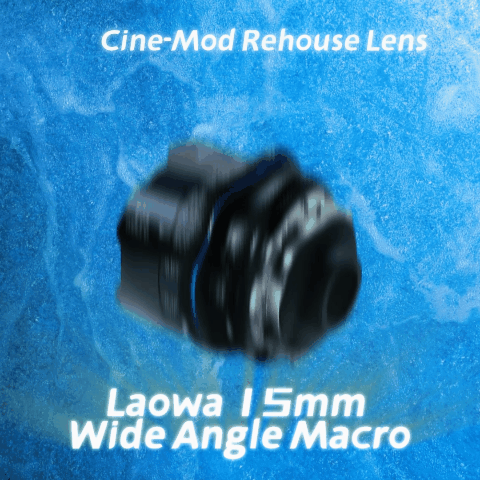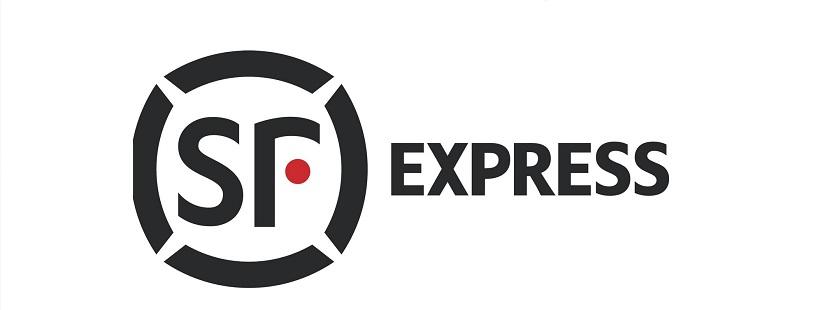
The Leica Super Speeds—with various versions built between 1960 and 2000—are emblematic of the vintage, spherical lenses cinematographers have come to admire. They preserve impressive sharpness with creamy fall-off, which has a flattering impression on human subjects, with excellent skin rendering.
The Leica Super Speeds’ soft, inviting look is complemented by ample warm flares, opposed to the sleek, cold flares of anamorphic lenses. Whereas anamorphic’s 2x squeeze will busy any frame with more information—Leica Super Speeds naturally have a spacious, organic feel to their compositions.
The 14-blade irises create pleasant bokeh, which gracefully finds its way in the beautifully soft aesthetic of these vintage primes. Check out Sharegrid’ visual demo (below) of the Leica R 80mm prime, which showcases the Super Speeds’ creamy bokeh and comfortable breathing at a wide open 1.4 aperture.
Because the original Leica R-series primes were built over a long period, cinematographers search all over to put together a set built within a similar timespan. As this in-depth history explains (from 2m00s to 4m10s), Leica’s manufacturing techniques naturally shifted throughout the years; and these changes in manufacturing can be apparent if comparing, say, an R Super Speed from 1962 with another from 1994. Although the R-series has always been chasing organic, spherical images, your lens pairings may vary slightly in the nuanced characteristics of the image, as the oldest builds contain more artifacts, aberration, and uncontrolled flare characteristics.
I would highly recommend Leica R lenses to anyone about to build a lens set aimed at cine-use. They have a long and smooth focus throw, manual aperture in half-stop increments and all metal housings. This makes them nice to use and handle, but equally important, they also got a lovely look to them. It’s a nice balanced look between vintage, with its flares and something a bit more contemporary, but without looking boring and soulless, like many modern lenses often do. I can’t really find any other word to describe these lenses, rather than that they make things look pretty!
As I said before, they are also easy to adapt to different mounts, like Canon-EF and they cover full frame, which makes them quite future proof, with cinema sensors scaling up rapidly. If one someday decides to sell then, you are most likely getting back what you paid, if not more. And lastly, owning and using these lenses is a joy.
Pros:
Great look and feel
Great metal built quality, fully manual
Flat look (can give more information to work with in the grade)
Easily convertible to other mounts
Flare quite easily (compared to modern lenses)
Cons:
Some lenses can be quite costly
F/2.8 is the fastest speed on the wide lenses
When closing the aperture you get ”stop-signs” in the bokeh
Quite short focus throw on the Vario-Elmar 35-70mm
Rotating front element on the Vario-Elmar 35-70mm
 EUR
EUR GBP
GBP CAD
CAD AUD
AUD
































